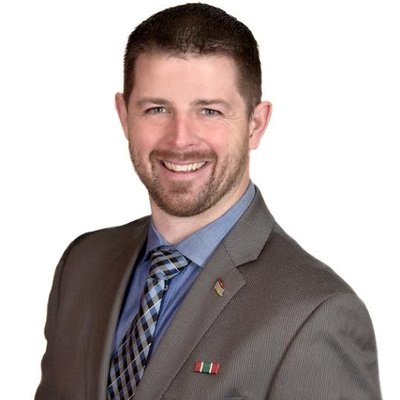Regarding the death of bear cubs in Furry Creek, it was suggested only three per cent of calls to the BCCOS resulted in bear deaths in the month of May. This is an artificially lowered statistic.
Public calls that were never physically responded to by an officer must be removed from the correlation prior to making any statistical assertion. The statistic regarding response versus lethal force must be re-calculated based on actual officer actions — not random call volumes which hold not correlative value.
Corrected percentages for the same government dataset (May, 2019) are:
*Only 13.9 per cent of the calls were attended by an officer (431 calls attended out of 3,094).
*29 per cent of officer attendances resulted in physical bear interactions (125 physical dealings with bears). Of those 125 dealings:
*77.6 per cent of officer actions resulted in killing (97 killed).
*17.6 per cent of interactions resulted in hazing (22 hazed).
*4 per cent of interactions resulted in a cub going to re-hab.
*An adult bear’s chances of relocation was less than one per cent.
*An officer is more likely to kill than send a bear to rehabilitation or attempt re-location.
*Killing bear cubs and family units has been shown to erode overall public trust, according to the 2017 technical report Law Gone Wild, which I authored.
In BC, members of the BCCOS hold appointments as Special Provincial Constables — they have full policing authorities. They carry guns. They drive patrol vehicles. They wear uniforms. They can arrest you, issue you a speeding ticket, and enforce a wide variety of legislation. But, unlike other policing agencies, the BCCOS does not have civilian oversight. There is no independent body to review the killing of non-humans.
Killing any species (human or non-human) with government-issued service weapons is the sole responsibility of the officer pulling the trigger.
Blaming the public for deaths, after an officer has killed, allows the agency and individual officer to avoid responsibility and overall accountability for the discharge of service weapons and munitions.
The consequence of narrative that attempts to state “no officer is responsible for the killing of bears and juvenile cubs” results in the potential for gratuitous use of lethal force on non-humans and an overall cavalier approach to serious killing actions. Responsibility is a two-way street. The public is part of this equation – officers are as well.
If the BCCOS wants to look like police, act like police, and hold police appointments, they need to be held accountable as police. Killing juvenile bear cubs is a ruthless and highly inappropriate action for any law enforcement personnel.
There is no scientific evidence to suggest that juvenile bear cubs are a public safety risk.
Section 2(5) of the BC Wildlife Act prevents the public from suing the government for harm caused by wildlife. There is no liability for the government regarding cubs. There is no legal reason to kill them.
Enough is enough.
Editor’s note: While working as a Conservation Officer in 2015, Bryce Casavant declined a provincial kill order for two juvenile bear cubs on Vancouver Island, citing legal and policy concerns.
He was suspended for this refusal. He was also the NDP candidate for Oak Bay-Gordon Head in the 2017 provincial election. He currently works as a Special Provincial Constable with the Province of BC in a senior law enforcement role. He is a doctoral candidate at Royal Roads University and has recently received a fellowship with the Social Sciences and Humanities Research Council of Canada for his work, In Search of a Wild Peace.



